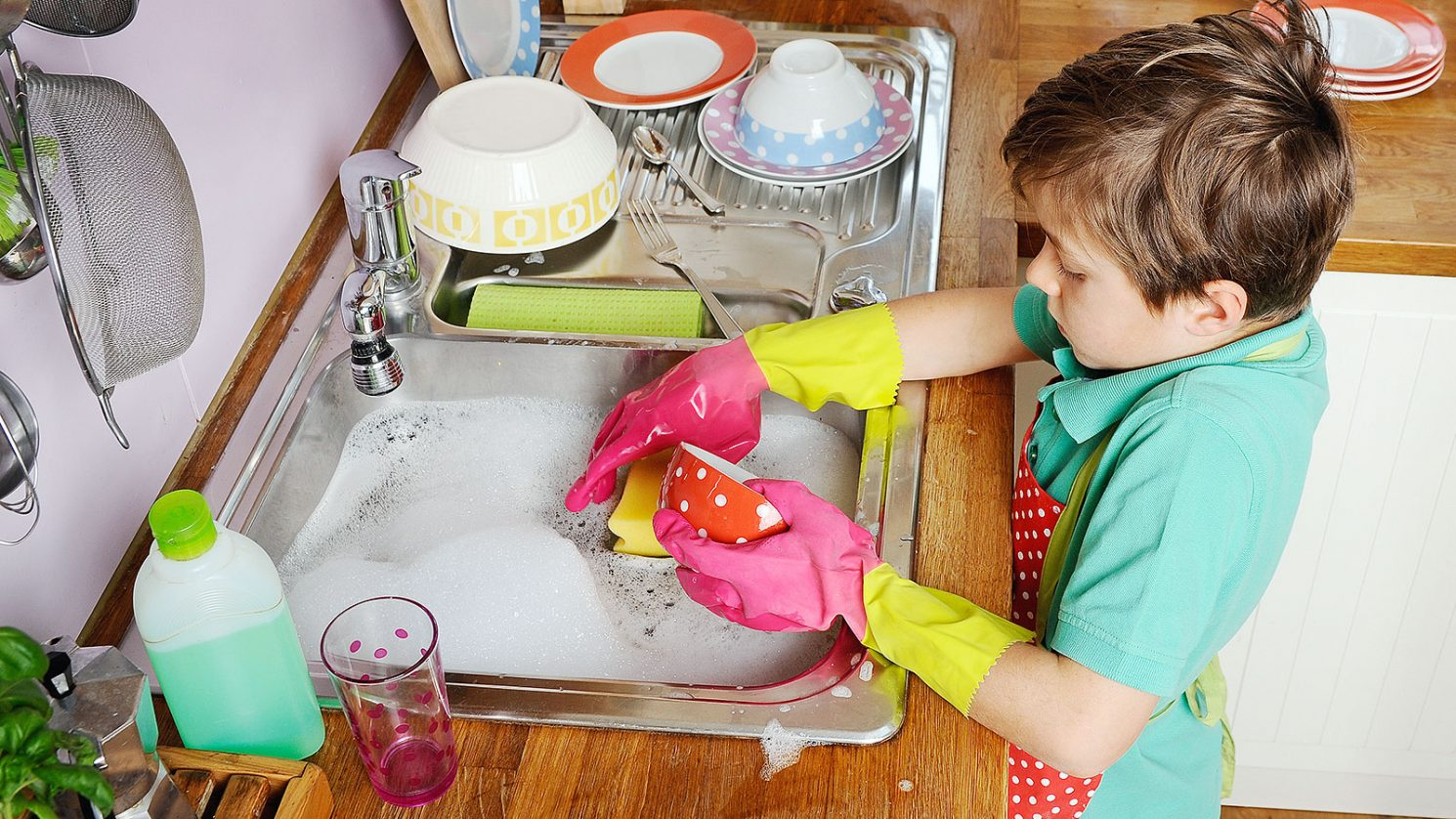Let’s be honest - getting a child to sit still for more than three minutes can feel like winning the parenting lottery. But here’s the thing: building your child’s ability to focus doesn’t require expensive tools or major lifestyle changes. In fact, small, consistent routines can significantly improve your child’s attention span over time.
If you’re looking for practical, everyday ways to help your child stay focused, especially in a world full of distractions, these simple techniques are a great place to start.
1. The “One More Minute” Transition Cue

Before switching from one activity to another, try saying, “You have one more minute to finish what you’re doing.” This tiny heads-up gives your child a sense of control and reduces resistance to change. More importantly, it helps their brain process transitions, a key part of developing focus and emotional regulation.
Over time, this builds patience and encourages your child to complete tasks before moving on, which naturally improves their attention span.
2. Daily Story Time (Even for Five Minutes)

Regular storytime is one of the most effective routines for improving attention in children. Whether you're reading a picture book, telling a silly made-up story, or listening to an audiobook together, the act of following a storyline helps train your child’s brain to concentrate.
To take it further, ask your child to retell the story the next day in their own words. This boosts both memory and listening skills while reinforcing longer periods of engaged thinking.
Use tools like Wondra to keep track of your child’s favorite stories or encourage kids to create and revisit their own; a fun way to build storytelling and focus skills in one go.
3. Play the “Look and Listen” Game

Mindfulness might sound like a big word, but it can start with something as simple as:
Close your eyes. What can you hear right now?orLook around the room. Can you find three things that are green?
These short, engaging games are excellent for grounding your child’s awareness in the present moment. They gently encourage stillness and observation, two critical skills for focus and self control.
4. Include Them in Everyday Tasks

Let your child help you with simple tasks like folding towels, sorting socks, or placing chopped veggies into a bowl. These activities may seem small, but they build concentration by requiring your child to follow steps, complete a task, and stay engaged for more than a few seconds.
Bonus: these moments also build confidence and make your child feel like a capable part of the family team.
5. Celebrate Quiet Curiosity

When your child stares at a bug for five minutes or lines up toy cars in perfect rows, resist the urge to redirect them. These quiet moments of focus are golden. They show that your child is practicing sustained attention, even if it’s not in the way adults typically define productivity.
By noticing and affirming these moments, you teach your child that stillness and focus are valued, not just constant activity.
Why These Tiny Routines Matter
Helping your child build better focus doesn’t mean forcing them to sit still all day. Instead, it’s about creating an environment that supports attention through gentle, repeatable rhythms. These tiny routines are simple, screen-free, and backed by research on child development and attention span growth.
With time, even just a few minutes of intentional focus each day can lead to big shifts. You're not just improving their ability to pay attention, you're giving them lifelong tools to manage their thoughts, emotions, and energy.
Sometimes, the smallest habits make the biggest difference. But how do you know if these routines are really working?
